Parks & Recreation
L.A. residents remain hopeful for a park life that reflects the needs of its inhabitants
This year, Los Angeles ranked 90th place among 100 major metropolitan areas in the Trust for Public Land’s annual parks score rankings, which takes into account equity, access, investment, amenities, and overall acreage.
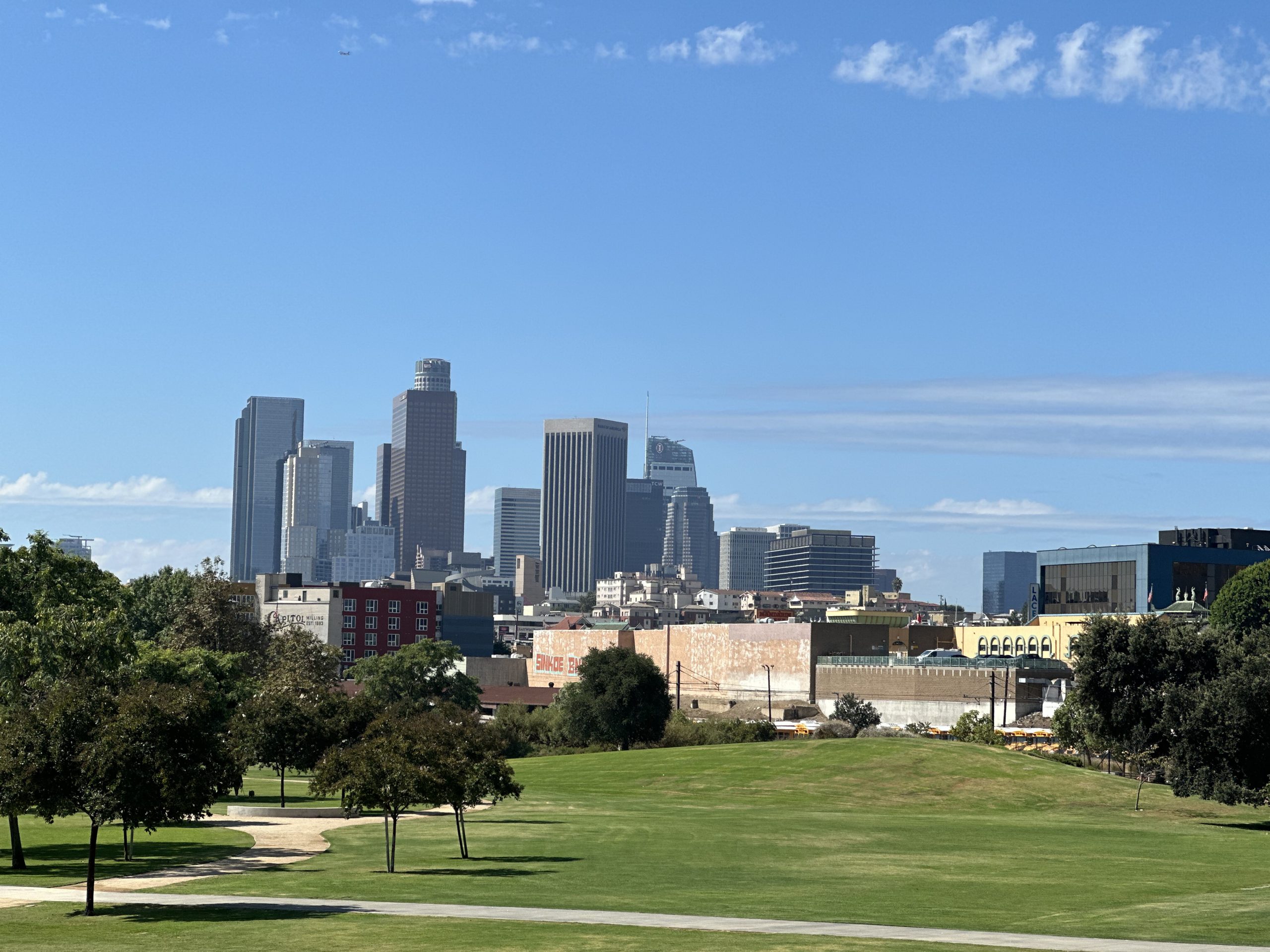
Park and green space equity, as described by the Public Health Institute, begins by centering narratives led by those who are rooted in communities where park inequities are profound.
In Los Angeles, a city known for its entertainment industry, ideal weather, museums and street art, its parks are spaces of hidden potential, where many residents, some of whom we talked to for this story, hope additional investments, amenities, acreage and equity could soon reflect an excellent city park system.
This year, Los Angeles ranked 90th place among 100 major metropolitan areas in the Trust for Public Land’s annual parks score rankings, which takes into account equity, access, investment, amenities and overall acreage. The Park Score Index is a national comparison of park systems across the 100 most populous cities in the United States.
As part of the ranking, one of the things that is taken into account is the amenities, which indicate the relative abundance of park activities popular among a diverse selection of user groups, such as kids, teenagers, adults and seniors. For this category, L.A. scored below average, though it varies by amenity: basketball hoops (38 points out of 100), sports fields and diamonds (five points), dog parks (four points), playgrounds (11 points), senior and recreational centers (54 points), permanent restrooms (39 points) and splashpads (16 points).
When it comes to equity, which indicates the fairness in the distribution of parks and park space between neighborhoods by race and income, the rankings also showed that in L.A., residents living in neighborhoods of color have access to 72% less nearby park space than those living in white neighborhoods (15 points out of 100). Residents living in a lower-income neighborhood have access to 79% less nearby park space than those in higher-income neighborhoods (6 points out of 100).
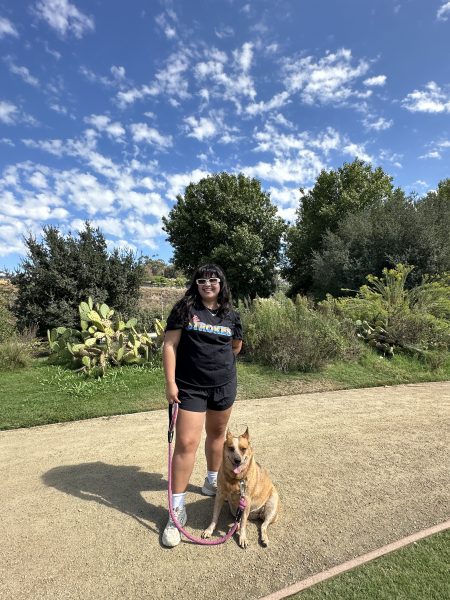
Nayeli Maldonado said one of the things she hopes to see in new or established parks is more water features. Some of the parks in L.A. with bodies of water include Echo Park Lake, Silverlake Reservoir and Ferndell at Griffith Park, all of which are located in higher-income neighborhoods.
“I like parks with some type of body of water. In Echo Park, you can sit by the lake and watch the boats pass by,” she said as she was walking her dog.
Maldonado also said that bodies of water not only bring residents closer to the water, not just on beaches, but they also provide a home for wildlife such as birds, turtles, fish, and other species. “I would like to see more parks with a similar infrastructure,” she said.
Park accessibility takes a different form in L.A., where, according to the Park Score Index, only 62% of Angelenos live within a 10-minute walk of a park, compared to 76% among the 100 most populous U.S. cities.
This means that more than 1.5 million L.A. residents lack a park within a ten-minute walk from home, the report shows. This is the case for neighborhoods like South Central L.A., where park proximity and access are also linked to the livelihood and life expectancy.
According to the Prevention Institute, in partnership with UCLA, the National Health Foundation, Community Coalition, Esperanza Community Housing Corporation, and the Social Justice Learning Institute, the extreme lack of parks and green space in South Central L.A. contributes to poor health and shortens the lives of residents.
The study identifies South Central L.A. as having ‘high park need’ and ‘very high park need’ neighborhoods, with an average of 1.6 and 0.7 acres of parkland per 1,000 residents, respectively, compared to the L.A. County-wide average of 3.3 acres of parkland per 1,000 residents.
The median life expectancy in South L.A. is 77 years, which is well below the overall county average. About 15 miles away in the community of Beverly Hills, the life expectancy is about 90 years, 13 years higher.
South Central L.A. residents face increased risk for health problems compared to other areas in L.A. County due to present-day social, economic, and environmental conditions. “The absence of grocery stores and sit-down restaurants serving fresh food contributes to high rates of heart disease, diabetes and premature death among South L.A. residents,” the study states. “As a consequence of living in one of the most park-poor areas of L.A. County, South L.A. residents have been denied opportunities for physical activity, respite, exposure to nature, and the other health benefits associated with parks and green space.”

Chad J. said that for him, parks are more than a place to relax; they are also a space where family and multi-generational recreational time can happen.
“If there were a new park in my own community, I would really like to see a playground for the kids,” he said. “It can be something small that can bring great change to a place.”
As summers in L.A. are getting hotter due to climate change, with evidence showing an increase in heatwaves and longer-lasting heat events, parks have also become a vital safeguard for many residents. According to the UCLA Institute of the Environment and Sustainability, Center for Climate Science, across L.A., the effects of climate change, like more very hot days and heatwaves, will become more prominent. Coastal areas and central L.A. will experience three times more days of temperatures over 95°F and the San Fernando and San Gabriel Valleys will have even more extremely hot weather, if we don’t take action to slow climate change.
“I think for that reason, parks also need shade,” Chad J said. “We definitely need more trees in parks.”
In addition to green spaces, many residents visit parks for their programming, which is often free or at a low cost. In L.A., the Department of Parks and Recreation is one of the county’s departments that plans and operates family-oriented wellness and fitness programs or classes, including prenatal fitness programs, physical fitness programs for youth and adults, nutrition education, and special fitness programs for youth, as well as sports, arts and crafts, and other activities.
Clara and Margaret, who were visiting Los Angeles Historic Park, a public park seven minutes from Downtown Los Angeles, said this is one of their favorite parks in the city because of the classes and recreational activities it offers all month long. According to the park’s official website, the park offers movie nights, art days, kite flying, community yoga, and even a weekly farmers’ market.
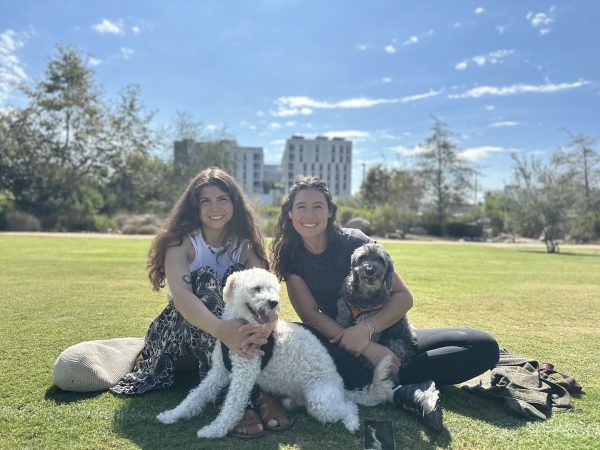
“I like how this park has activities where they have a movie screening or other activities,” Margaret said. “I would love to see this type of thing in other parks.”
Besides recreational activities, Margaret said she loves parks that are clean and a calm place to de-stress after a long day or week, especially in an urban city like L.A. “I love peaceful, quiet spaces. That’s something I look forward to every time I come to a park.”
For Clara, having a park that welcomes pets is essential. “Finding a pet-friendly park is important to us, like I’m sure it is for many of the other pet parents living here.”
Maldonado also said she would love to see more fitness classes, especially those that, for many low-income people, can be financially inaccessible. “Classes such as a Pilates class would be a great addition to all parks, especially given how inaccessible and expensive they can be. Having something like that frequently, too, is important, maybe once a week or twice a month.” In L.A., Pilates classes can range anywhere from $25 to $45 a session.
Gabriele Camarillo said that for him, his top priority when it comes to public spaces is physical accessibility. “One of the things that I notice a lot in parks is gopher holes,” he said. “Wildlife is important, but for many people with [physical] disabilities, these can be quite dangerous, as well as for elders.”
These holes are created as the rodent pushes dirt out of its tunnels.
He also wished parks stayed open later, as many in the city close at sunset. “I would love for parks to be opened later, especially in the winter when the sun sets earlier, even before many of us get out of work. I think with the right lighting, maybe even solar lighting, park hours can be extended.”
In L.A., funding for parks comes from various sources, including charter-mandated property taxes for the city and grants from L.A. County’s Measure A, a parcel tax specifically for open spaces. Additional funding is secured through state and federal grants, private donations and philanthropic partnerships.
Despite this, as federal, state, city and local governments face budget cuts, L.A. County departments, including the Department of Parks and Recreation, are also impacted.
“To help preserve essential programs and services, there will be select fee increases; however, the majority of our programs will continue to be offered at no cost,” the county stated in this year’s budget news. “During these difficult times, we kindly ask for your understanding and patience as our L.A. County Parks staff works hard to do more with fewer resources.”
Efforts to increase access to green spaces and build more parks in the different communities of L.A. continue. In July, the Los Angeles County Regional Park and Open Space District (RPOSD) announced a landmark $58 million investment – the largest competitive grant program in its history– to transform the future of parks, trails and open space across the county, including the City of L.A.
At least 30% of funds are reserved for communities identified as having “high” or “very high” park needs, according to the 2016 Countywide Park Needs Assessment, with additional consideration for projects in rural and historically underrepresented communities.
“This $58 million investment has the power to deliver on the promises made to voters — transforming neglected spaces into vibrant parks, trails and green infrastructure that will serve generations to come,” Norma E. García-González, director of L.A. County Parks and Recreation and director of RPOSD, said. “We envision a Los Angeles County where every neighborhood has access and where children and families can easily access a park, trail or open space they can call their own.”
In South Central L.A., hope for better parks can also become a reality. In March, L.A. City Councilmember Curren Price, who represents L.A.’s 9th Council District, announced that his office had applied and successfully secured a $4.2 million Measure A grant for the South L.A. Wetlands Park, a park that, according to community members and park advocates, has been neglected and overlooked in the last few years.
Although no updates have been given since the initial announcement, the multi-million dollar grant looks to help beautify, remodel, and transform a park located in the heart of South Central Los Angeles.

-

 Commentary3 days ago
Commentary3 days agoSpoken solidarity: The linguistic tactics of queer communities in the Middle East
-

 Events3 days ago
Events3 days ago“Still Standing” uplifts Black, queer voices in annual World AIDS Day event
-

 National1 day ago
National1 day agoStudy shows ‘pervasive mistreatment of LGBTQ people by law enforcement’
-

 a&e features4 days ago
a&e features4 days agoDrag queen Kennedy Davenport dishes on her new comedy special
-

 Bars & Parties3 days ago
Bars & Parties3 days agoLA Blade & Hyperion LA Studios partner with CinedPride Film Festival for the return of Queer Room, a free, entertainment industry mixer for the queer community
-

 Events2 days ago
Events2 days agoC.I.T.Y. x1 Youth Group empowers queer youth at free holiday dinner this Sunday
-
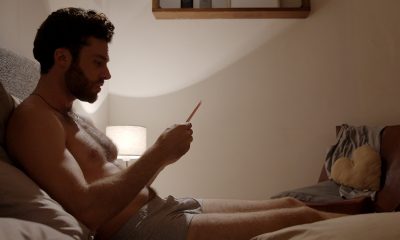
 Movies1 day ago
Movies1 day agoA bad romance is brought to light in ‘300 Letters’
-
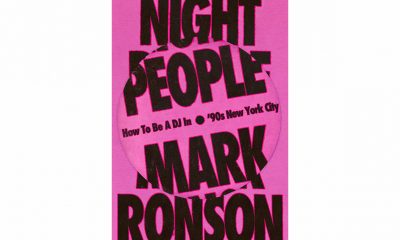
 Books2 hours ago
Books2 hours ago‘90s club kids will love Mark Ronson’s new book